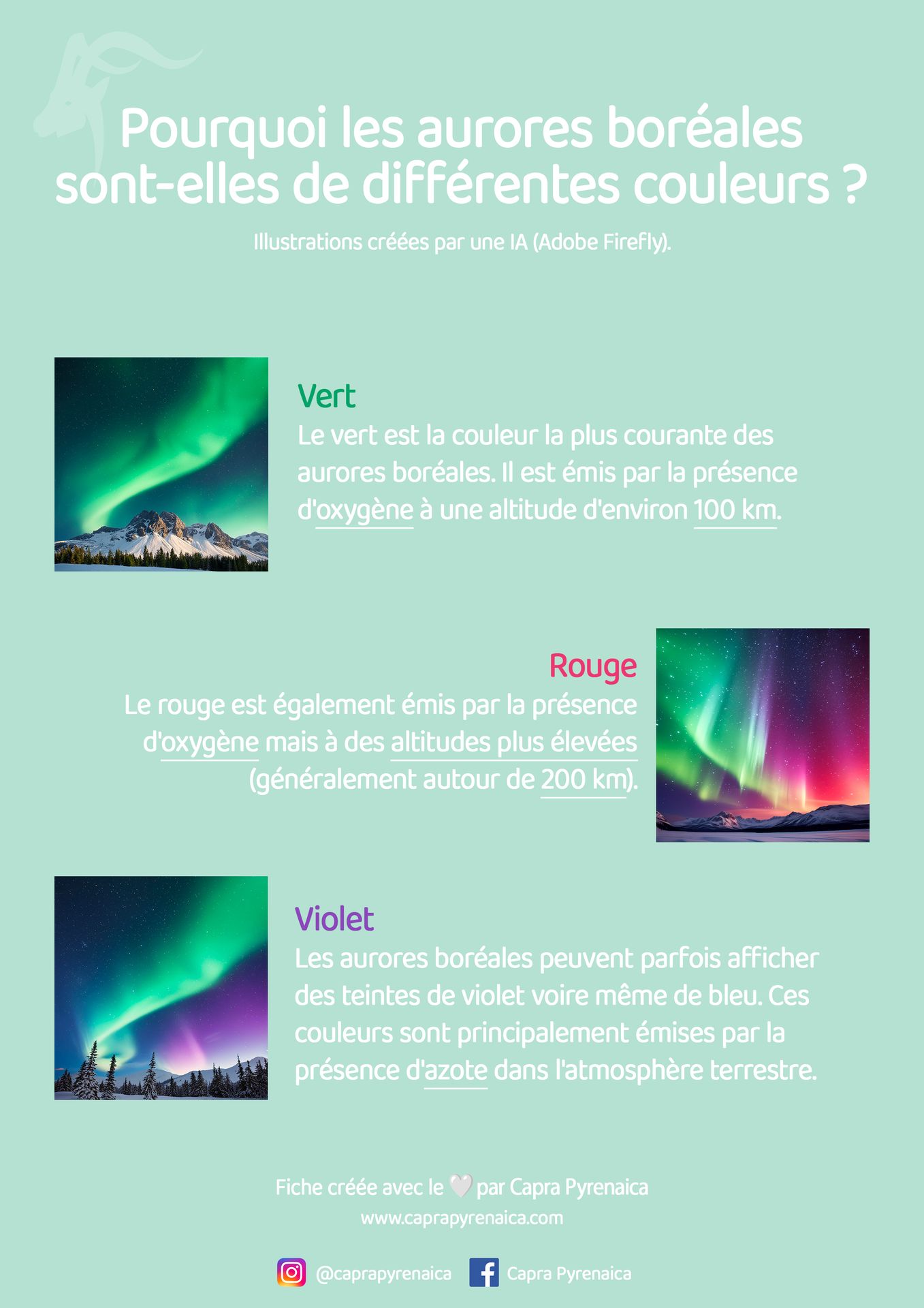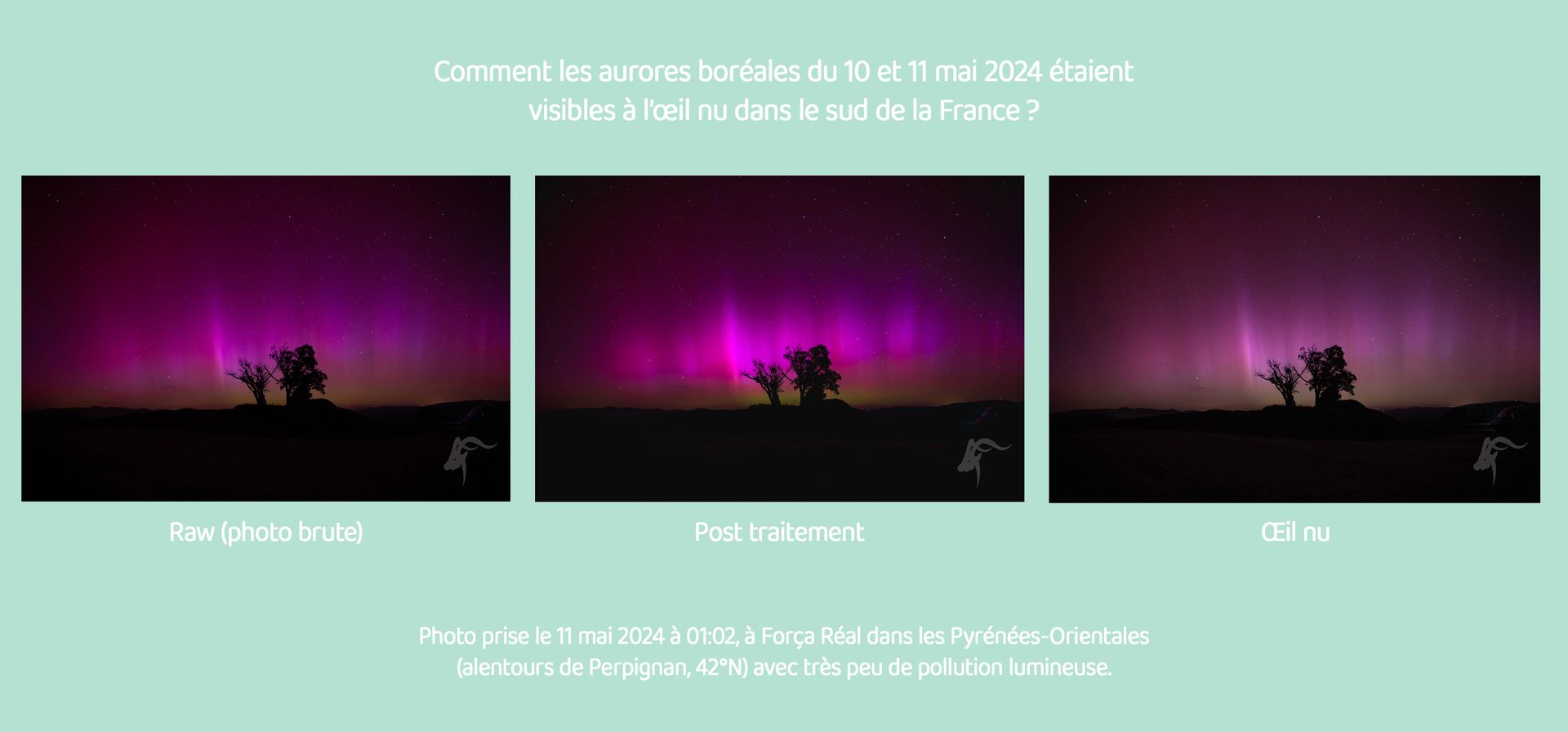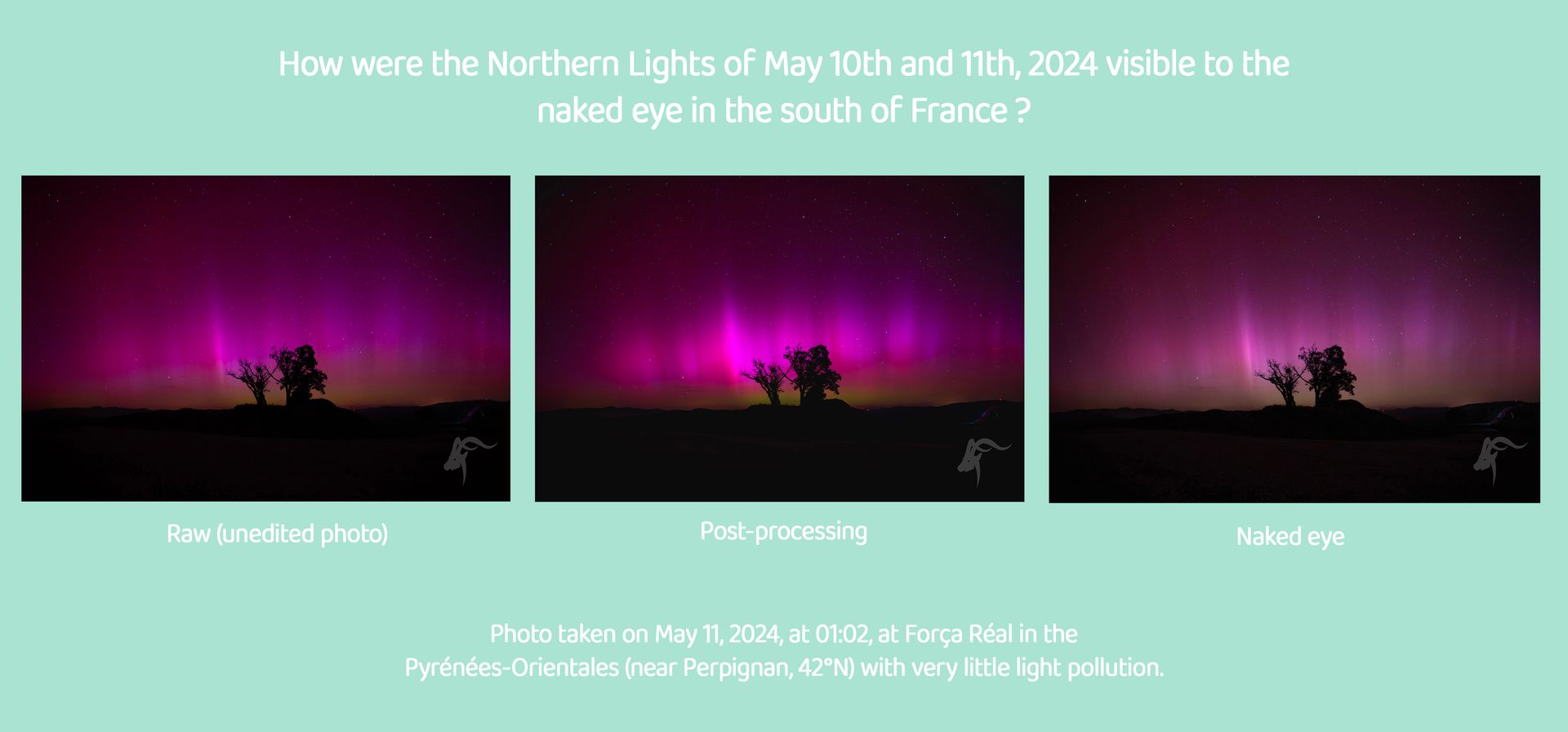What is an aurora borealis and how is it formed ?

Aurora borealis in Perpignan, Southern France, (42° North latitude), during the night of Friday 10th to Saturday 11th May 2024.
In the regions close to the Earth's north and south magnetic poles (close to but slightly offset from the geographical poles), a celestial spectacle is regularly visible : the polar aurora. In the northern hemisphere, these are known as the aurora borealis, while in the southern hemisphere they are known as the aurora australis. These natural light phenomena are the result of interaction between the solar wind and the Earth's magnetosphere, creating a ballet of lights of varying colours in the night sky. The formation of the aurora borealis is a complex, multi-stage process. It all starts with the constant emission of charged particles from the Sun, mainly protons and electrons, making up what is known as the solar wind. When these particles reach the Earth, they are deflected by the Earth's magnetic field, which guides them towards the polar regions where the magnetic poles are located.
On entering the Earth's upper atmosphere (generally between 80 km and 300 km (49.71 miles and 186.41 miles) above sea level), charged particles collide with the atoms and molecules that make up the atmosphere, mainly oxygen and nitrogen. These collisions transfer energy to the atoms and molecules, temporarily exciting them. The colourful spectacle of the Northern Lights is the result of this energy being emitted in the form of light when the excited particles return to their initial state. The show can last from a few minutes to several hours.
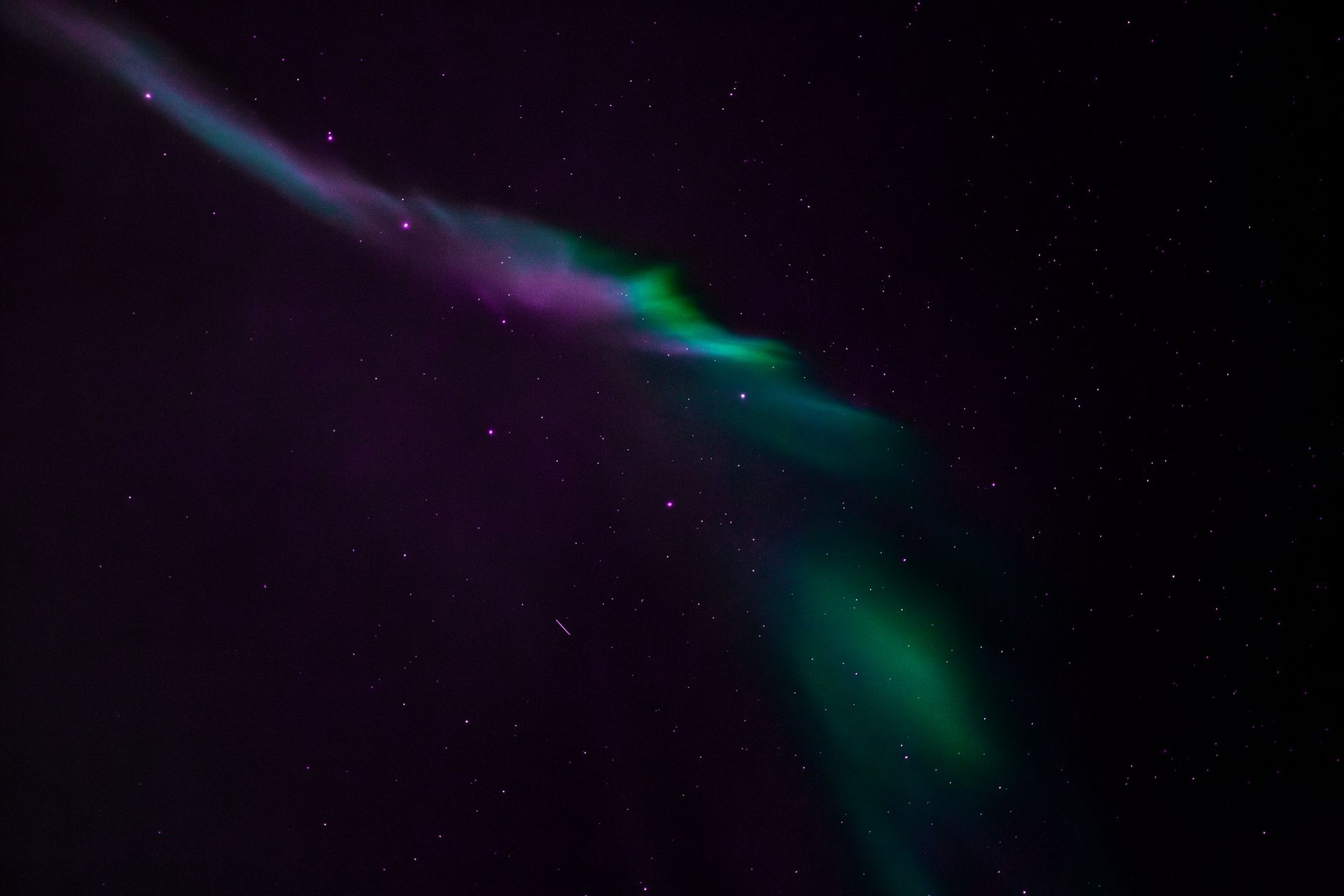
Several factors influence the appearance and intensity of the aurora borealis : solar activity, particularly solar storms and solar flares, increases the amount of charged particles reaching the Earth, leading to more frequent and intense auroras. Geomagnetic conditions, such as the orientation and strength of the Earth's magnetic field and the intensity of the solar wind, also play a crucial role in the frequency and intensity of the aurora.
They can be seen mainly in regions close to the Arctic Circle, such as northern Norway, Sweden, Finland, Iceland, Canada, Alaska and Russia. The aurora borealis can take on different shapes, such as arcs, bands, draperies or crowns, offering an unforgettable natural spectacle, as well as different colours.
Why are the northern lights different colours ?
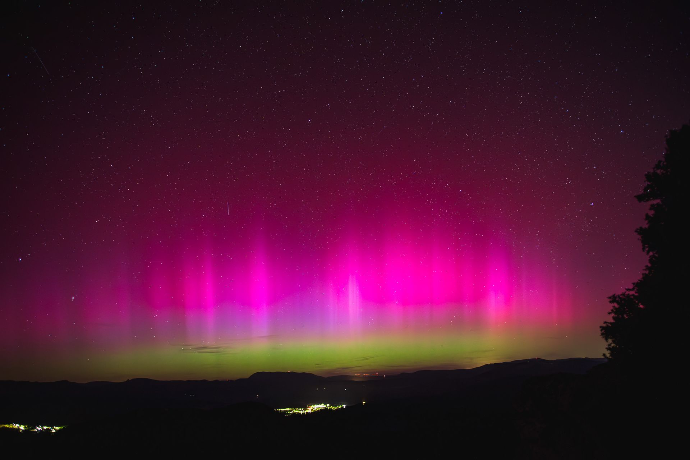
The Northern Lights are famous for their bright, captivating colours. These colours, which vary from green to red to violet, are the result of complex interactions between charged particles in the solar wind and atoms in the Earth's atmosphere.
Green is the most common colour of the aurora borealis. It is emitted by the presence of oxygen at an altitude of around 100 km / 62,14 miles. In addition to green, the aurora borealis can also take on shades of red : this colour is also emitted by the presence of oxygen, but at higher altitudes (generally around 200 km / 124,27 miles). In addition to green and red, the aurora borealis can sometimes display shades of violet or even blue. These colours are mainly emitted by the presence of nitrogen in the Earth's atmosphere.
Downloadable Sheet
To remember theTo remember the colors of the Northern Lights, feel free to download this sheet (sheet in English on the second slide) !
Solar storms can have potentially devastating impacts on our planet, affecting everything from radio communications to power grids, and even human health. These impacts are not systematic, but they are closely monitored.
The potential impact of solar storms on Earth
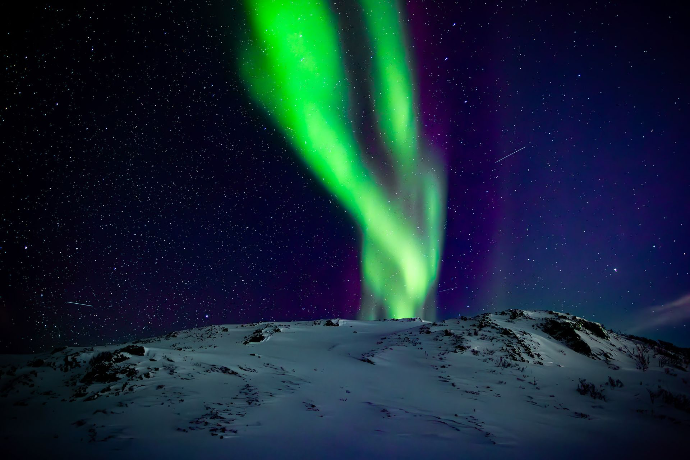
Solar storms, triggered by powerful solar flares, have a significant impact on various aspects of our planet. These events generate a flow of charged particles which, when they interact with the Earth's magnetic field, can disrupt radio communications at various frequencies as well as our power grids.
As far as radio communications are concerned, solar storms can disrupt the propagation of waves through the atmosphere by altering the ionosphere (the upper layer of the Earth's atmosphere). This disruption can lead to interference and a deterioration in the quality of radio signals, affecting high-frequency communications used for long-distance communications, as well as very low-frequency communications used for navigation and underwater communications.

Electricity grids are also vulnerable to solar storms. The sudden variations in the Earth's magnetic field induced by solar storms can generate electric currents in electricity transmission and distribution infrastructures. This can damage transformers and power lines, leading to widespread and prolonged blackouts.
As far as human health is concerned, astronauts orbiting the Earth (or on space missions to other planets) are exposed to an increased risk of radiation during solar storms. Although protections on spacecraft and orbital stations are in place to mitigate these risks, prolonged exposure to space radiation can have adverse effects on astronauts' health. Aircraft pilots are also affected, but to a lesser extent thanks to our atmosphere.
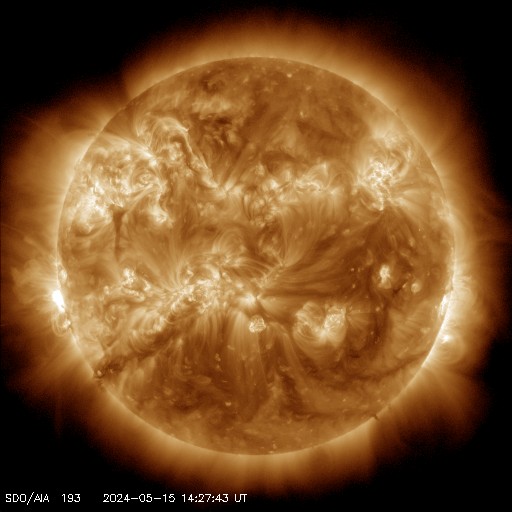
In addition, solar storms can disrupt global positioning systems (GPS), affecting air, sea and land navigation, as well as satellite communication systems used in various sectors, including telecommunications and Earth observation.
It's important to note that not all of these impacts occur systematically with every solar storm, but the Sun's activity is closely monitored because the damage to our infrastructure from these unpredictable celestial phenomena would be critical.
What applications can I use to track the Northern Lights ?
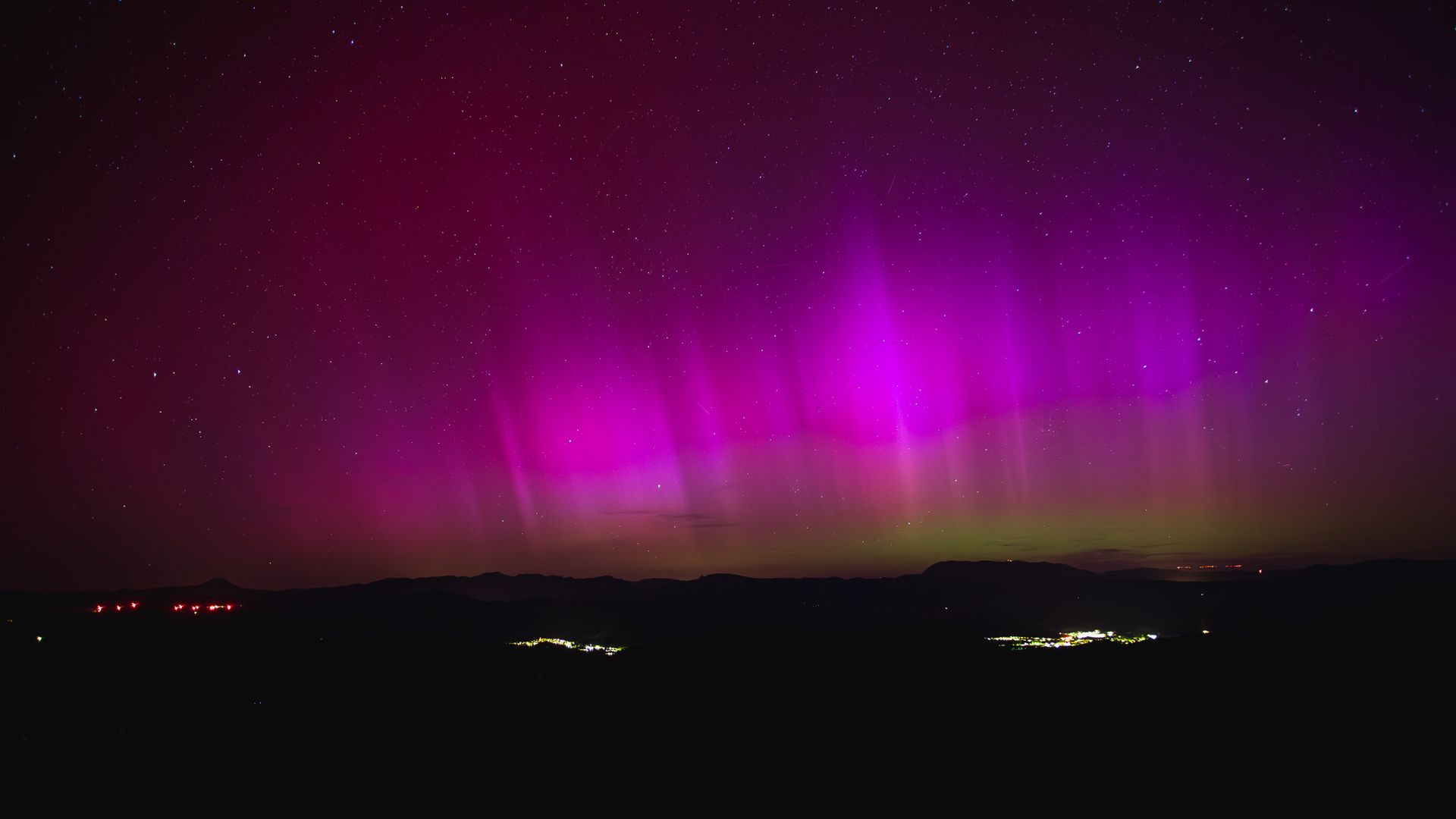
If you're embarking on the mad adventure of hunting for the Northern Lights, it's almost essential to track auroral activity via applications. To maximise your chances of spotting them, we also recommend using weather applications (if the cloud cover is too heavy, you won't see anything at all: it's better to have clear skies or very few clouds to observe them properly).
Here are my recommendations (tried and tested) :
- My Aurora Forecast : this application lets you track the Northern Lights in real time. It's easy to use and provides essential information: KP index, aurora probability map, best locations and live webcams.
Download for iOS by clicking here - for Android by clicking here - SpaceWeatherLive : more complex than My Aurora Forecast, but far more comprehensive, this application lets you track auroral and solar activity in real time. It's not really for beginners, but it's definitely worth downloading. They also have an equally comprehensive website : www.spaceweatherlive.com
Download for iOS by clickingt here - for Android by clicking here - Windy : ideal for tracking cloud cover in real time and maximising your chances of spotting the Northern Lights! They also have a website : www.windy.com
Download for iOS by clickingt here - for Android by clicking here - YR : is the reference weather application in Norway. It was relatively reliable when I was there. It is in English. They also have a website : www.yr.no
Download for iOS by clickingt here - for Android by clicking here - Finnish Meteorological Institute : it's not an application (and it doesn't concern Scandinavia) but it is THE reference site for the weather in Finland. Relatively accurate, it contains an interesting section on the Northern Lights, based on magnetometer locations. Find out more here: https://en.ilmatieteenlaitos.fi
If you want to see the Northern Lights outside the high latitudes (in France, for example), you will need a solar storm strong enough to move down the latitude. To do this, you need to keep an eye on the KP index, which must be sufficiently high (the higher it is, the greater the chances of seeing the Northern Lights at lower latitudes). However, it is important to note that this is not an exact science and depends on many factors.
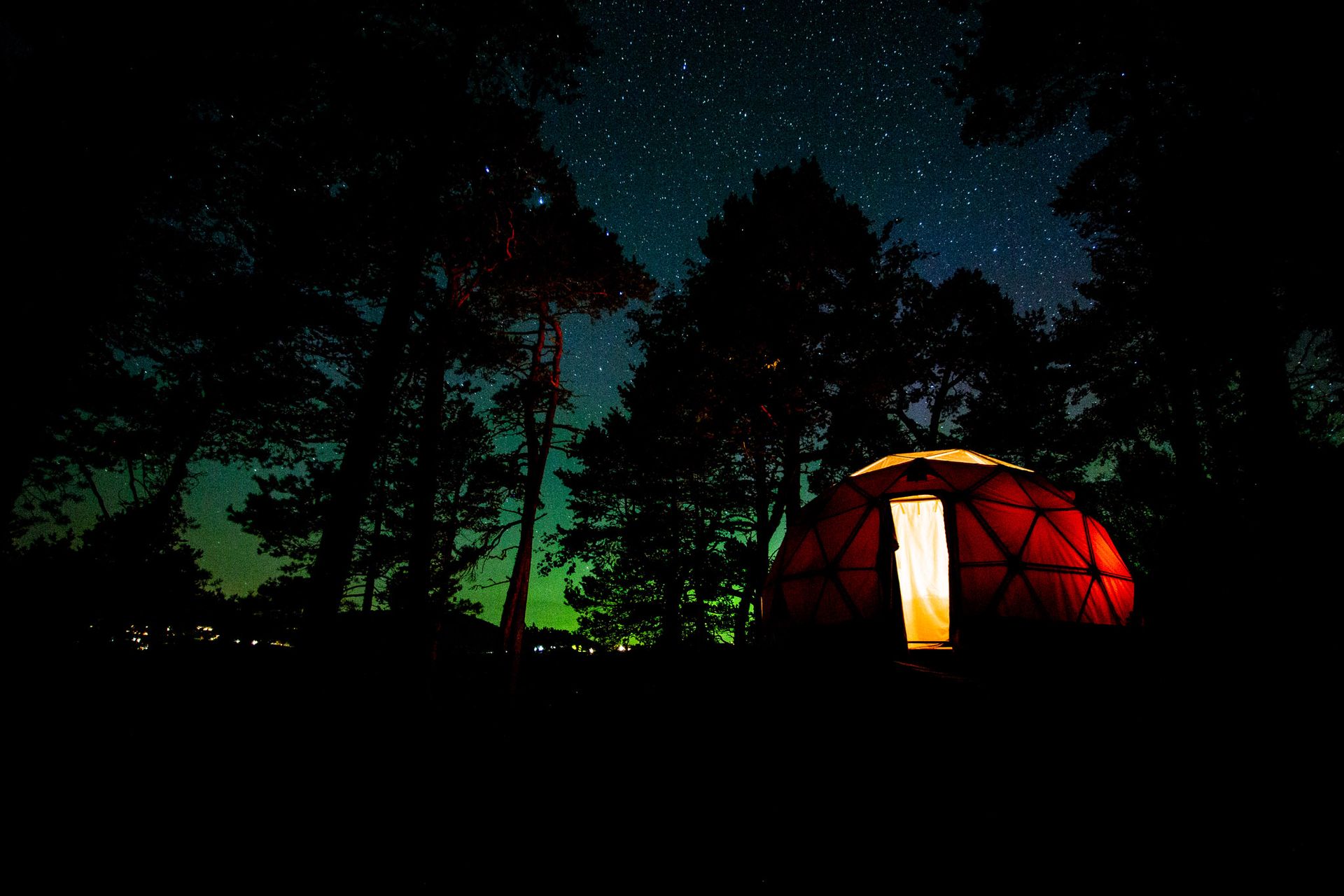
In addition to apps, you can also follow groups or pages on Facebook that are a wealth of information! Here are the ones I actively follow :
- Voyage en Norvège - conseils, bons plans et aurores boréales (group, in Frenchs)
- Northern Lights Alert (group, in English)
- TROMSØ Northern Lights Alert (group, in English)
- Vincent Voyage - Blog voyage et photo (page, in French)
- Night Lights Films (page, in English)
- Aurora Borealis Notifications (page, in English)
Note that a KP of 0 does not mean that there will be no aurora borealis. The KP simply indicates the latitude where the aurora will be visible. It is also crucial to keep an eye on the Bz (which must be negative, the lower the better) and the Bt (which must be positive, the higher the better). Northern lights forecasts change frequently and are not always reliable: if the sky is clear and it's dark, don't hesitate to go out and look up at the sky!
When is the best time to see the Northern Lights ?

The Northern Lights can occur even in broad daylight, but we can't see them because the sunlight is stronger than the aurora. To observe them, you need a dark, clear sky, without too much light pollution. Above the Arctic Circle, where the sun shines almost continuously in summer, the sky is too bright to see them. The Northern Lights are therefore visible from late August to early April. However, in the event of a very powerful solar storm, it is possible to observe them at lower latitudes (from around Denmark), all year round.
During the equinoxes, the Earth's axis of inclination changes, making it more susceptible to solar winds. March and September are therefore good times to hunt for the Northern Lights in Scandinavia. However, this does not guarantee that they will necessarily be more intense or more frequent: this is not an exact science. The winter months, when it is almost permanently dark above the Arctic Circle, can also provide good opportunities to observe them. In fact, if an aurora borealis occurs at around 3pm, you will only see it during the winter period.
Seeing the Northern Lights with the naked eye

To observe an aurora borealis with the naked eye, you need a clear sky (or at least one without too thick a layer of clouds) and very little light pollution, as this can interfere with the observation of the aurora (or even render it invisible, depending on its intensity). The more intense the aurora and the closer it is to your position, the more visible it will be to the naked eye. However, it is important to understand that there is a difference between what you see with the naked eye and what is captured by a camera.
A camera captures more light than the human eye. As a result, auroras will always appear brighter on a picture than in reality. Depending on their intensity, auroras can range from white to green. Shades of red, pink and violet are often barely perceptible to the human eye. If you see mainly green with the naked eye, this means that the aurora is intense.
(sheet in English on the second slide ↓)
The moon can also interfere with the observation of the Northern Lights, as its light, especially during a full moon, can be more intense than that of the aurora. So if you want to maximise your chances of seeing them with the naked eye, it may be a good idea to follow the phases of the moon.
To determine whether an aurora borealis is present but not yet visible to the naked eye, taking a photo can be useful. As mentioned above, a camera captures more light and can therefore detect the arrival of the Northern Lights before our eyes perceive them. What's more, some auroras of low intensity, or when their visibility is altered by external light sources (such as light pollution or moonlight), can be captured in a photo without necessarily being visible to our eyes.
How do you photograph the Northern Lights ?
To the camera
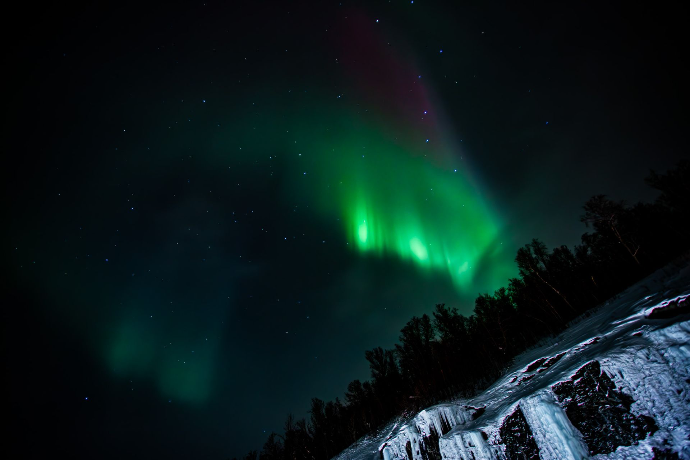
To photograph the Northern Lights with a camera, you'll need a tripod. Choose a lens with a short focal length, or even a wide angle, that opens up as much as possible (the wider the aperture, the better). As far as settings are concerned, switch to manual mode and take a long exposure, generally between 3 and 15 seconds depending on the brightness of the aurora. You should also open the lens as wide as possible, for example to f/2.8, and manually set the ISO, generally between 1000 and 3200, depending on the aperture of your lens and the brightness of the aurora.
To get the aurora borealis in focus (this also applies to astrophotography), focus manually on a point of light, such as a star, by zooming in from your camera screen (not from the lens!). Once in focus, it won't change until you move your camera (or at least touch the focus ring). Note, however, that the focus may be affected if you change focal length, in which case you will need to repeat this operation.
To the phone
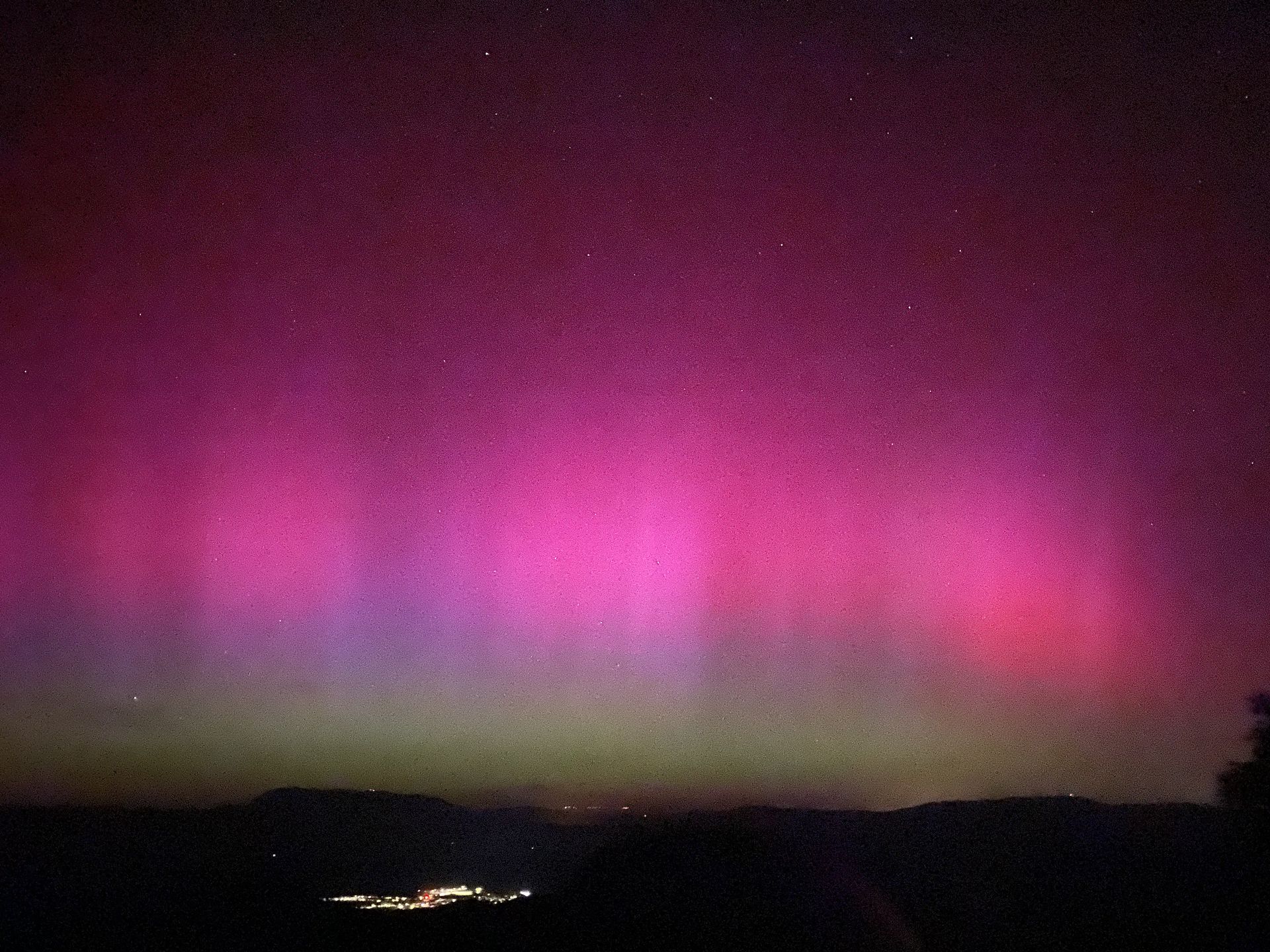
To photograph the Northern Lights from your phone, you'll need night mode. If your phone doesn't have this option, it will be almost impossible to take an image, unless the aurora is very bright and your phone has a good quality sensor. Note that photos taken with a phone are often of poorer quality than those taken with a camera, even though the latest smartphones are making impressive progress in terms of night-time photography.
To maximise your chances of getting sharp images, you can use a tripod that is compatible with your phone. This can be a phone stand that attaches to a conventional photo tripod, or a tripod fitted with a head specially designed for phones. However, it is possible to do without a tripod when the exposure time is short. The phone will automatically adjust this setting, which is usually 3 seconds. You can manually increase this time to suit your preferences, but beyond 3 seconds it is preferable to use a tripod to avoid camera shake.
Filming the northern lights
Filming an aurora borealis is possible, but it's not an easy task. Using a camera, you will need to create a timelapse, but not all cameras offer this feature. This involves setting your camera to take continuous photos (with no delay between each shot), with no limit on the number of shots, and with an identical, predefined exposure time each time.
To get a long enough timelapse, you need to let your camera capture a large number of images... For example, a timelapse lasting 10 seconds with an exposure time of 8 seconds takes around 50 minutes of shooting. From a phone, it is possible to take a timelapse only when the aurora borealis is intense, so that the camera can capture enough light without using night mode (and therefore an exposure time). Otherwise, it won't be possible.
Where can you see the Northern Lights in Scandinavia ?
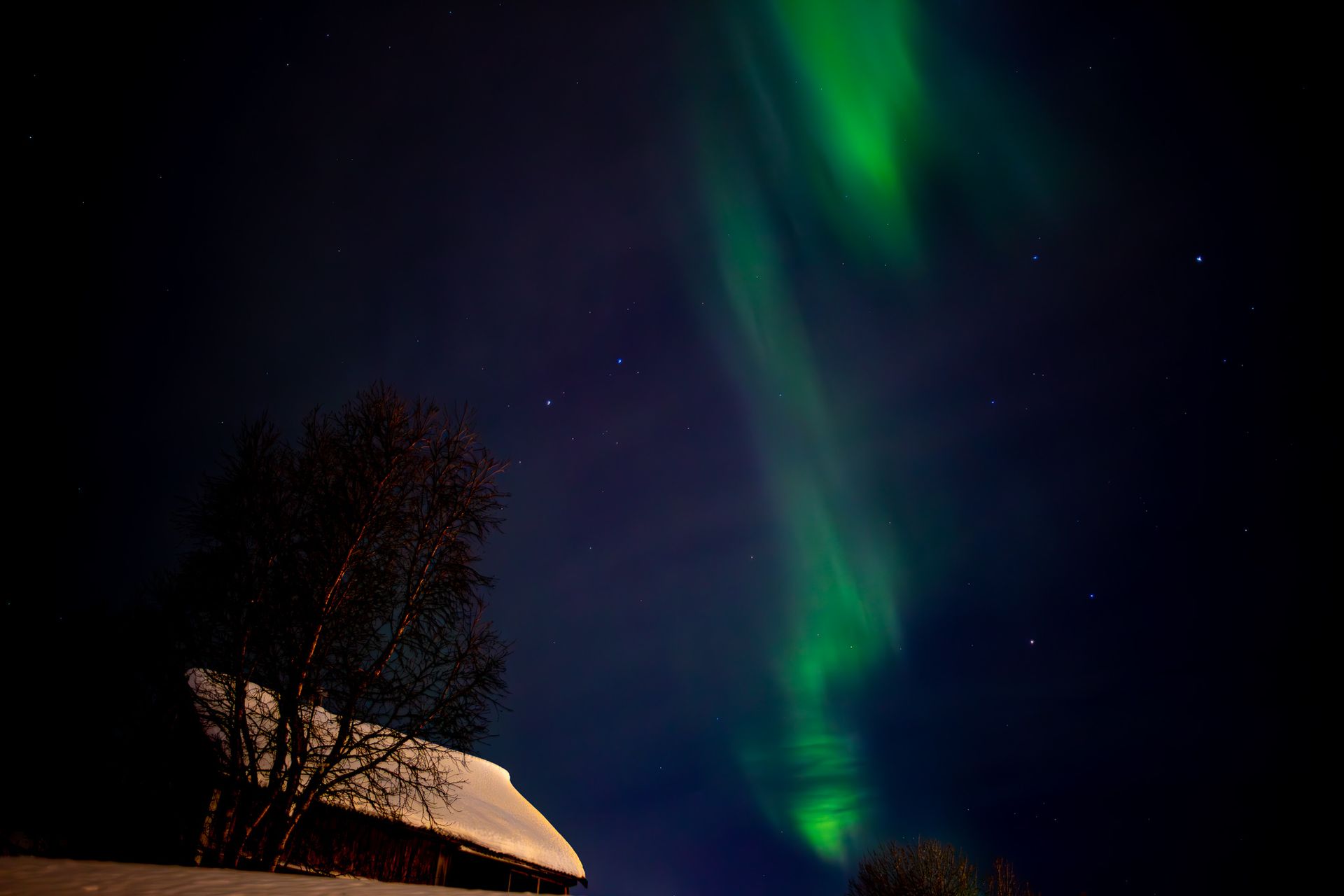
The Northern Lights appear at the level of the Arctic Circle, so the best places to photograph them are above it. The higher the KP, the lower the latitude of the aurora, making them visible lower down in Scandinavia. In terms of geographical areas, favour the north of Norway (Longyearbyen, Tromsø, Alta, Bodø, Lofoten Islands) and Sweden (Narvik, Abisko, Kiruna...). If you're travelling by plane, hiring a car can maximise your chances of observation, as you can move around according to cloud cover.
There are many articles on the Northern Lights that will give you information on specific locations, including those by Vincent Voyage, which may help you in your search (click here Personally, I prefer not to use agencies offering Northern Lights tours, but you may want to consider this option if you don't have a car or are unsure of your destination (Vincent Voyage talks about it here).
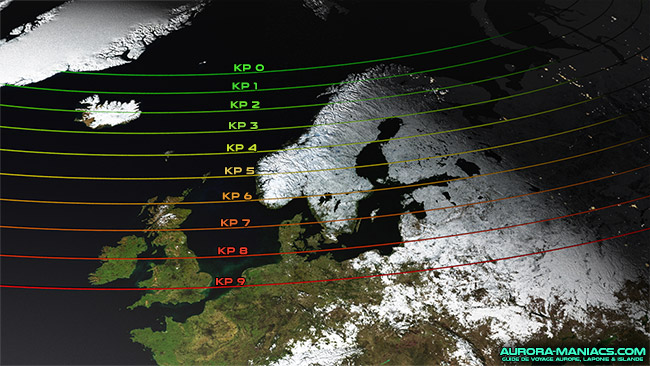
If you wish to observe the Northern Lights at lower latitudes in Scandinavia, the KP must be sufficiently high. The northern lights are visible even at a distance, but they appear closer to the horizon at lower latitudes. For example, on May 10th and 11th, 2024, with a KP of 9, the aurora borealis was visible as far as the Canary Islands (slight red haze). To find out what KP level is required for your latitude, consult the maps available on the Aurora Maniacs website : https://www.aurora-maniacs.com/previsions-aurores.html
The Northern Lights are rarer in Denmark than in Sweden or Norway, due to the country's latitude (just as it is less common to see the Northern Lights in Oslo (59°N) than in Tromsø (69°N). However, it's not impossible, especially if there's a lot of solar activity! The advantage of these latitudes is that the Northern Lights remain visible all year round when they descend low enough. Note that until 2025, we are in a period of solar maximum, which occurs on average every 11 years. During this period, solar storms are much more frequent, which also leads to an increase in the frequency of the aurora borealis at lower latitudes.
